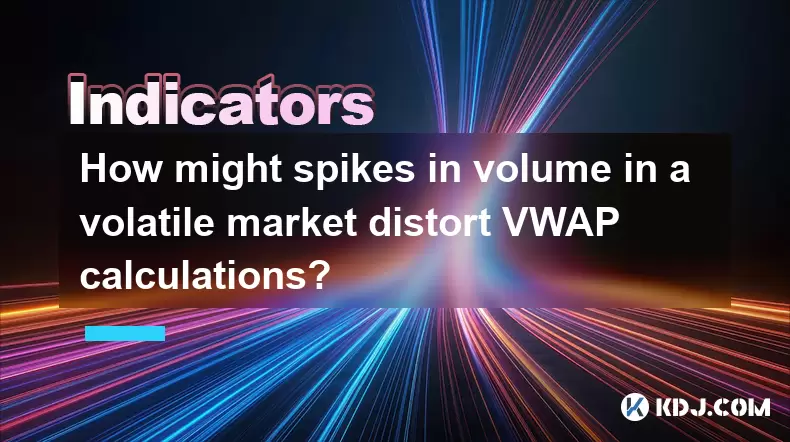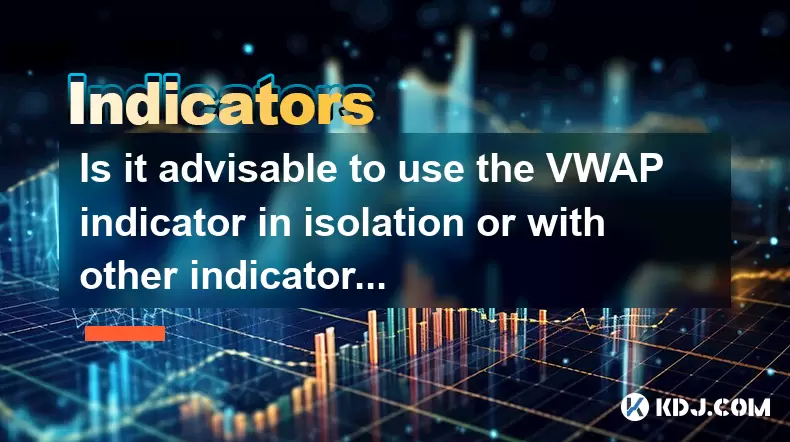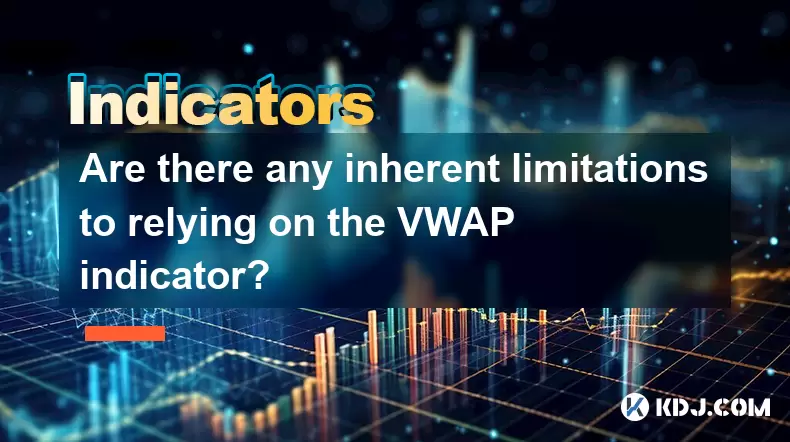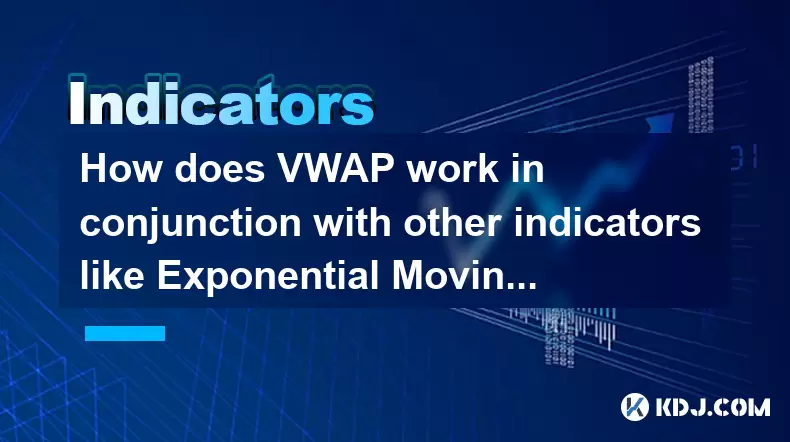-
 Bitcoin
Bitcoin $117700
-0.03% -
 Ethereum
Ethereum $3805
0.49% -
 XRP
XRP $3.098
-1.00% -
 Tether USDt
Tether USDt $1.000
0.03% -
 BNB
BNB $792.8
-1.72% -
 Solana
Solana $177.9
-1.95% -
 USDC
USDC $1.000
0.02% -
 Dogecoin
Dogecoin $0.2202
-1.55% -
 TRON
TRON $0.3278
-2.92% -
 Cardano
Cardano $0.7641
-2.43% -
 Hyperliquid
Hyperliquid $42.21
-2.68% -
 Sui
Sui $3.758
-1.58% -
 Stellar
Stellar $0.4080
-3.21% -
 Chainlink
Chainlink $17.75
-0.33% -
 Bitcoin Cash
Bitcoin Cash $591.8
4.96% -
 Hedera
Hedera $0.2561
-3.09% -
 Avalanche
Avalanche $23.34
-4.24% -
 Litecoin
Litecoin $110.7
1.96% -
 UNUS SED LEO
UNUS SED LEO $8.956
-0.01% -
 Toncoin
Toncoin $3.410
0.79% -
 Ethena USDe
Ethena USDe $1.001
0.03% -
 Shiba Inu
Shiba Inu $0.00001288
-1.82% -
 Uniswap
Uniswap $10.07
-2.06% -
 Polkadot
Polkadot $3.807
-2.27% -
 Monero
Monero $308.2
-2.15% -
 Dai
Dai $1.000
0.03% -
 Bitget Token
Bitget Token $4.521
-0.30% -
 Pepe
Pepe $0.00001134
-1.52% -
 Cronos
Cronos $0.1457
0.65% -
 Aave
Aave $274.9
-2.47%
How does news and market sentiment affect EMA signals in crypto?
The EMA helps traders spot crypto trends, but news and sentiment can distort signals—combining it with sentiment analysis improves accuracy and reduces false crossovers. (154 characters)
Jul 30, 2025 at 03:00 pm

Understanding EMA and Its Role in Crypto Trading
The Exponential Moving Average (EMA) is a widely used technical indicator in cryptocurrency trading that places greater weight on recent price data, making it more responsive to new information compared to the Simple Moving Average (SMA). Traders rely on EMA to identify trends, determine entry and exit points, and assess momentum. The most commonly used EMAs in crypto trading are the 9-day, 20-day, 50-day, and 200-day periods. When the price is above a key EMA like the 200-day, it often signals a bullish trend, while trading below may indicate bearish momentum.
However, EMA signals are not immune to external influences. One of the most significant factors that can distort or accelerate EMA crossovers and trend interpretations is market sentiment and news flow. Unlike traditional markets with slower information dissemination, the crypto market operates 24/7 and reacts almost instantaneously to news, social media updates, and macroeconomic developments. This rapid response can cause sharp price movements that temporarily misalign EMA signals with longer-term trends.
How News Events Trigger Sharp Price Movements
Major news events—such as regulatory announcements, exchange hacks, institutional adoption, or celebrity endorsements—can cause immediate volatility in cryptocurrency prices. For example, when a country announces a ban on crypto trading, the price of major coins like Bitcoin or Ethereum may drop sharply within minutes. This sudden drop pulls the short-term EMA (e.g., 9-day) downward rapidly, potentially creating a death cross (when the 50-day EMA crosses below the 200-day EMA), which is traditionally seen as a bearish signal.
Conversely, positive news—like a major corporation announcing Bitcoin on its balance sheet—can trigger a rapid price surge. This causes the short-term EMA to spike upward, possibly generating a golden cross, even if the rally is short-lived. In such cases, the EMA may reflect a bullish signal based on momentum, but the underlying trend might not be sustainable. The key issue is that EMA reacts to price, not context, so it cannot distinguish between a fundamental shift and a speculative spike driven by hype.
The Influence of Market Sentiment on EMA Accuracy
Market sentiment, often measured through tools like the Fear & Greed Index, social media sentiment analysis, or on-chain data, plays a crucial role in shaping how EMA signals are interpreted. During periods of extreme fear, panic selling can push prices far below their EMA levels, creating what appears to be a strong sell signal. Yet, this may simply reflect overreaction rather than a true shift in long-term trend.
In contrast, during FOMO (fear of missing out) phases, prices may run well above the EMA, suggesting overbought conditions. Traders watching EMA crossovers might interpret this as a buy signal, but without considering sentiment, they risk entering at the peak of a bubble. Integrating sentiment analysis allows traders to contextualize EMA signals—for instance, ignoring a bullish crossover if social media shows rampant greed and leverage is high on futures markets.
Combining EMA with Sentiment Filters: A Practical Approach
To improve the reliability of EMA signals in crypto, traders can apply sentiment-based filters. Here’s how to integrate sentiment into EMA-based strategies:
- Monitor the Crypto Fear & Greed Index daily. If the index is in "extreme fear" (below 20), a bearish EMA crossover may be less reliable due to potential overselling.
- Use social listening tools like LunarCrush or Santiment to track volume and sentiment on platforms like Twitter and Reddit. A spike in negative mentions alongside a price drop below the 50-day EMA could confirm a downtrend.
- Analyze on-chain data such as exchange inflows/outflows. High inflows to exchanges during a price drop below EMA may confirm bearish sentiment, while outflows could suggest accumulation despite the technical signal.
- Cross-check EMA crossovers with volume indicators. A crossover on low volume during a news-driven dip may be a false signal, whereas high-volume confirmation adds credibility.
By layering these inputs, traders avoid acting on EMA signals in isolation, reducing the risk of being whipsawed by noise.
Case Study: EMA Response to Regulatory News
Consider the May 2021 event when China announced a crackdown on Bitcoin mining and trading. Within hours, Bitcoin’s price dropped over 30%. The 9-day EMA crossed below the 200-day EMA, forming a death cross. Many traders interpreted this as a long-term bearish signal. However, over the following weeks, the price recovered significantly.
In this case, the EMA reacted correctly to the price action but failed to account for the temporary nature of the news impact. Miners relocated operations, and the network hash rate stabilized. Traders who combined EMA analysis with sentiment tracking noticed that long-term holders did not sell, and on-chain metrics showed resilience. This indicated the death cross might be a short-term distortion rather than a trend reversal.
Adjusting EMA Parameters Based on Volatility and News Cycles
Given the sensitivity of EMA to news-driven volatility, adjusting the time frame can help maintain signal accuracy. During high-news periods—such as quarterly earnings of major crypto firms or Federal Reserve announcements—shorter EMAs (like 5-day or 7-day) may be too reactive. Instead, traders might:
- Switch to a longer EMA combination, such as 50-day and 100-day, to smooth out noise.
- Use EMA envelopes or bands to identify overextended moves. For example, if price moves more than 10% above the 20-day EMA during a hype cycle, it may signal a pullback regardless of the crossover.
- Apply EMA ribbons—a set of multiple EMAs—to visualize trend strength. A tightly grouped ribbon during low volatility may spread rapidly during news events, indicating trend acceleration or reversal.
These adjustments help preserve the utility of EMA without overreacting to transient sentiment shocks.
Frequently Asked Questions
Can EMA signals be trusted during major crypto conferences or announcements?
EMA signals during events like Bitcoin Conference or Ethereum upgrades should be interpreted with caution. While price surges may generate bullish crossovers, they often reflect short-term hype. Confirm signals with volume and on-chain data to determine if the move has sustainable support.
How do I know if a news-driven EMA crossover is valid?
Check whether the price sustains beyond the EMA for more than 48 hours. Also, examine trading volume during the crossover. A valid signal typically occurs with above-average volume and aligns with broader on-chain or sentiment trends.
Should I ignore EMA during high-sentiment periods?
Not necessarily. Instead of ignoring, contextualize the signal. Use sentiment gauges to determine if the market is overly emotional. In extreme fear or greed, require stronger confirmation—such as multiple EMA crossovers or support from volume—before acting.
Is there a way to automate sentiment-adjusted EMA trading?
Yes. Platforms like TradingView allow custom scripts combining EMA crossovers with sentiment indicators. For example, a bot can be programmed to only execute a buy when the 50-day EMA crosses above the 200-day EMA and the Fear & Greed Index is below 30, reducing false entries during hype cycles.
Disclaimer:info@kdj.com
The information provided is not trading advice. kdj.com does not assume any responsibility for any investments made based on the information provided in this article. Cryptocurrencies are highly volatile and it is highly recommended that you invest with caution after thorough research!
If you believe that the content used on this website infringes your copyright, please contact us immediately (info@kdj.com) and we will delete it promptly.
- LYNO Token Presale: AI Arbitrage Revolution in DeFi
- 2025-07-31 05:11:11
- Pepecoin Successors: Can These Cryptocurrencies Make You a Millionaire?
- 2025-07-31 05:50:12
- AML Bitcoin Fraud: Cracking Down on Crypto Crime in the Big Apple and Beyond
- 2025-07-31 04:33:53
- Cardano (ADA) in 2025: Navigating Crypto's Future
- 2025-07-31 03:52:07
- Solana Meme Coin Price Prediction: Will the Frog Outleap the Dog?
- 2025-07-31 03:52:07
- Bitcoin's Bullish Outlook: CryptoQuant's Insights on Futures Market Cooling
- 2025-07-31 03:59:10
Related knowledge

How to identify sell signals with the AVL indicator?
Jul 31,2025 at 07:09am
Understanding the AVL Indicator and Its Core ComponentsThe AVL indicator, also known as the Accumulation Volume Line, is a volume-based technical anal...

How does the VWAP line help in identifying overbought and oversold market conditions?
Jul 31,2025 at 05:19am
Understanding the VWAP Line and Its Role in Technical AnalysisThe Volume Weighted Average Price (VWAP) is a critical tool used by traders within the c...

How might spikes in volume in a volatile market distort VWAP calculations?
Jul 31,2025 at 07:40am
Understanding VWAP and Its Core ComponentsVWAP, or Volume-Weighted Average Price, is a trading benchmark that gives the average price a cryptocurrency...

Is it advisable to use the VWAP indicator in isolation or with other indicators?
Jul 31,2025 at 06:48am
Understanding the VWAP Indicator and Its Core FunctionalityThe Volume Weighted Average Price (VWAP) is a widely used technical analysis tool in the cr...

Are there any inherent limitations to relying on the VWAP indicator?
Jul 31,2025 at 07:59am
Understanding the VWAP Indicator and Its Core FunctionThe Volume Weighted Average Price (VWAP) is a widely used technical analysis tool in the cryptoc...

How does VWAP work in conjunction with other indicators like Exponential Moving Averages (EMAs)?
Jul 31,2025 at 04:38am
Understanding VWAP and Its Role in Crypto TradingThe Volume Weighted Average Price (VWAP) is a critical analytical tool in cryptocurrency trading, par...

How to identify sell signals with the AVL indicator?
Jul 31,2025 at 07:09am
Understanding the AVL Indicator and Its Core ComponentsThe AVL indicator, also known as the Accumulation Volume Line, is a volume-based technical anal...

How does the VWAP line help in identifying overbought and oversold market conditions?
Jul 31,2025 at 05:19am
Understanding the VWAP Line and Its Role in Technical AnalysisThe Volume Weighted Average Price (VWAP) is a critical tool used by traders within the c...

How might spikes in volume in a volatile market distort VWAP calculations?
Jul 31,2025 at 07:40am
Understanding VWAP and Its Core ComponentsVWAP, or Volume-Weighted Average Price, is a trading benchmark that gives the average price a cryptocurrency...

Is it advisable to use the VWAP indicator in isolation or with other indicators?
Jul 31,2025 at 06:48am
Understanding the VWAP Indicator and Its Core FunctionalityThe Volume Weighted Average Price (VWAP) is a widely used technical analysis tool in the cr...

Are there any inherent limitations to relying on the VWAP indicator?
Jul 31,2025 at 07:59am
Understanding the VWAP Indicator and Its Core FunctionThe Volume Weighted Average Price (VWAP) is a widely used technical analysis tool in the cryptoc...

How does VWAP work in conjunction with other indicators like Exponential Moving Averages (EMAs)?
Jul 31,2025 at 04:38am
Understanding VWAP and Its Role in Crypto TradingThe Volume Weighted Average Price (VWAP) is a critical analytical tool in cryptocurrency trading, par...
See all articles

























































































